Data governance in the age of generative AI
AWS Big Data
FEBRUARY 29, 2024
Working with large language models (LLMs) for enterprise use cases requires the implementation of quality and privacy considerations to drive responsible AI. However, enterprise data generated from siloed sources combined with the lack of a data integration strategy creates challenges for provisioning the data for generative AI applications.


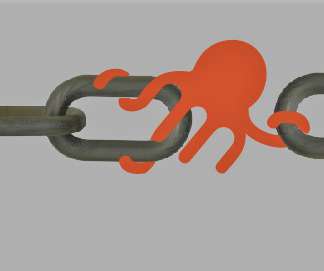



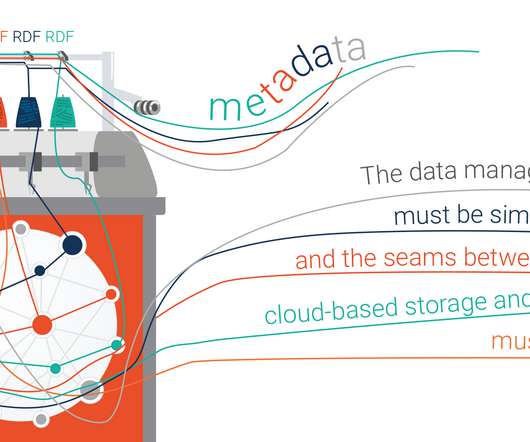
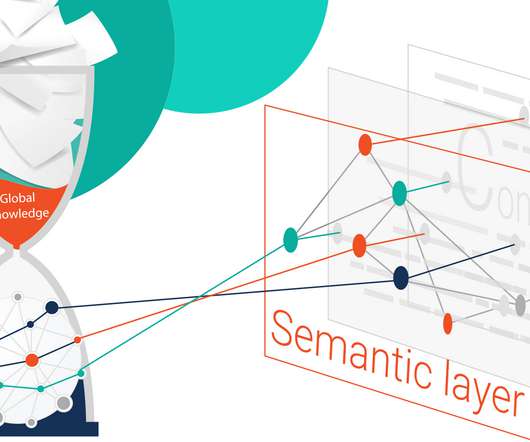
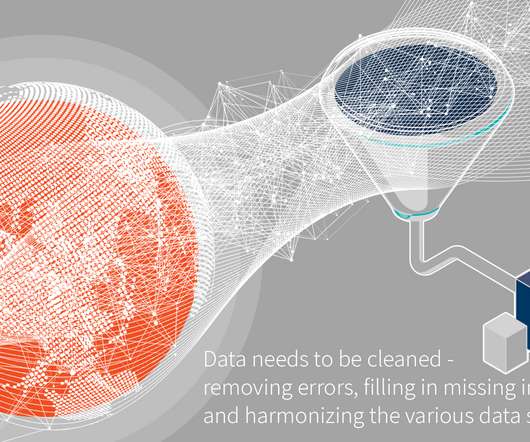
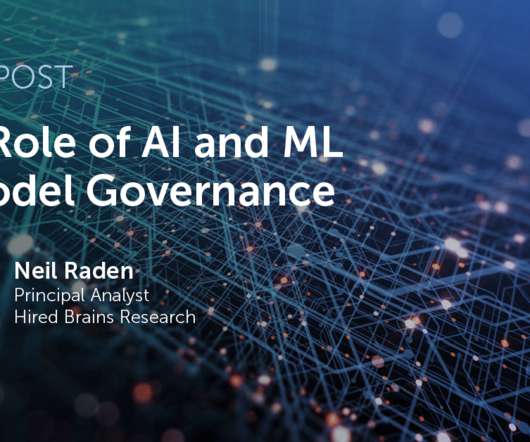



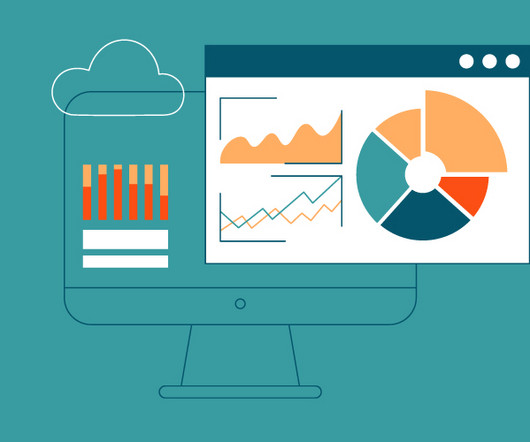









Let's personalize your content